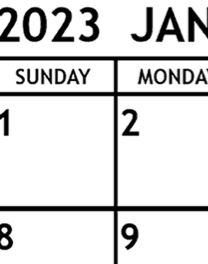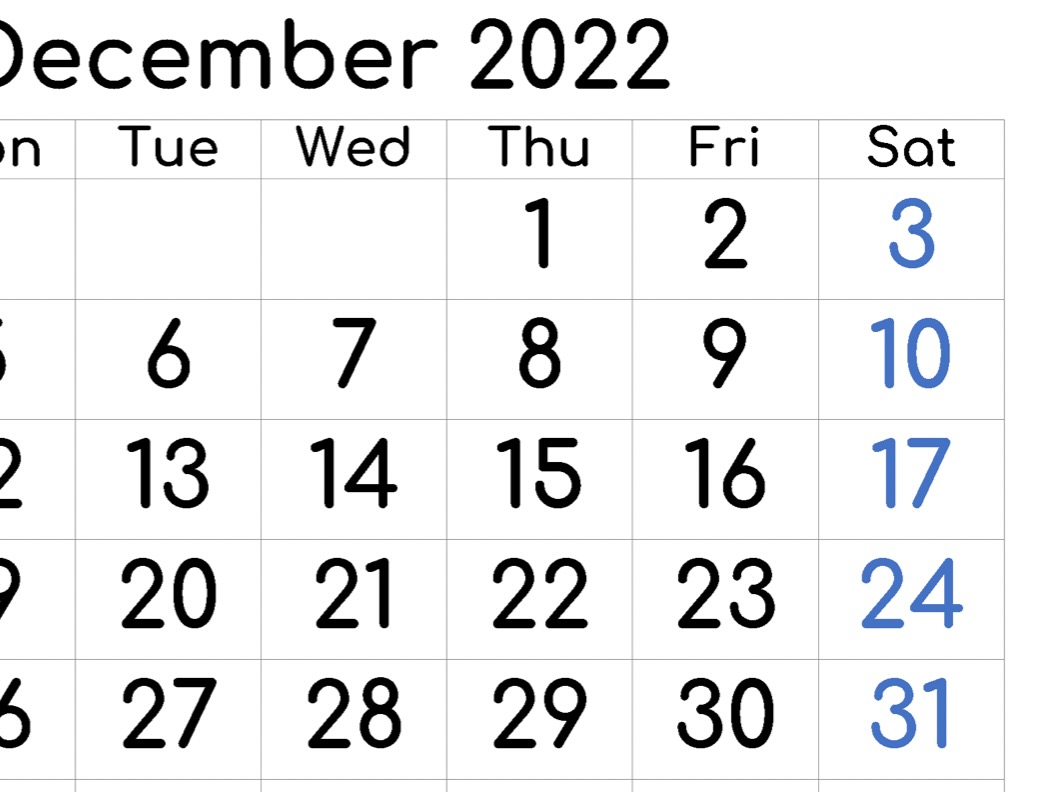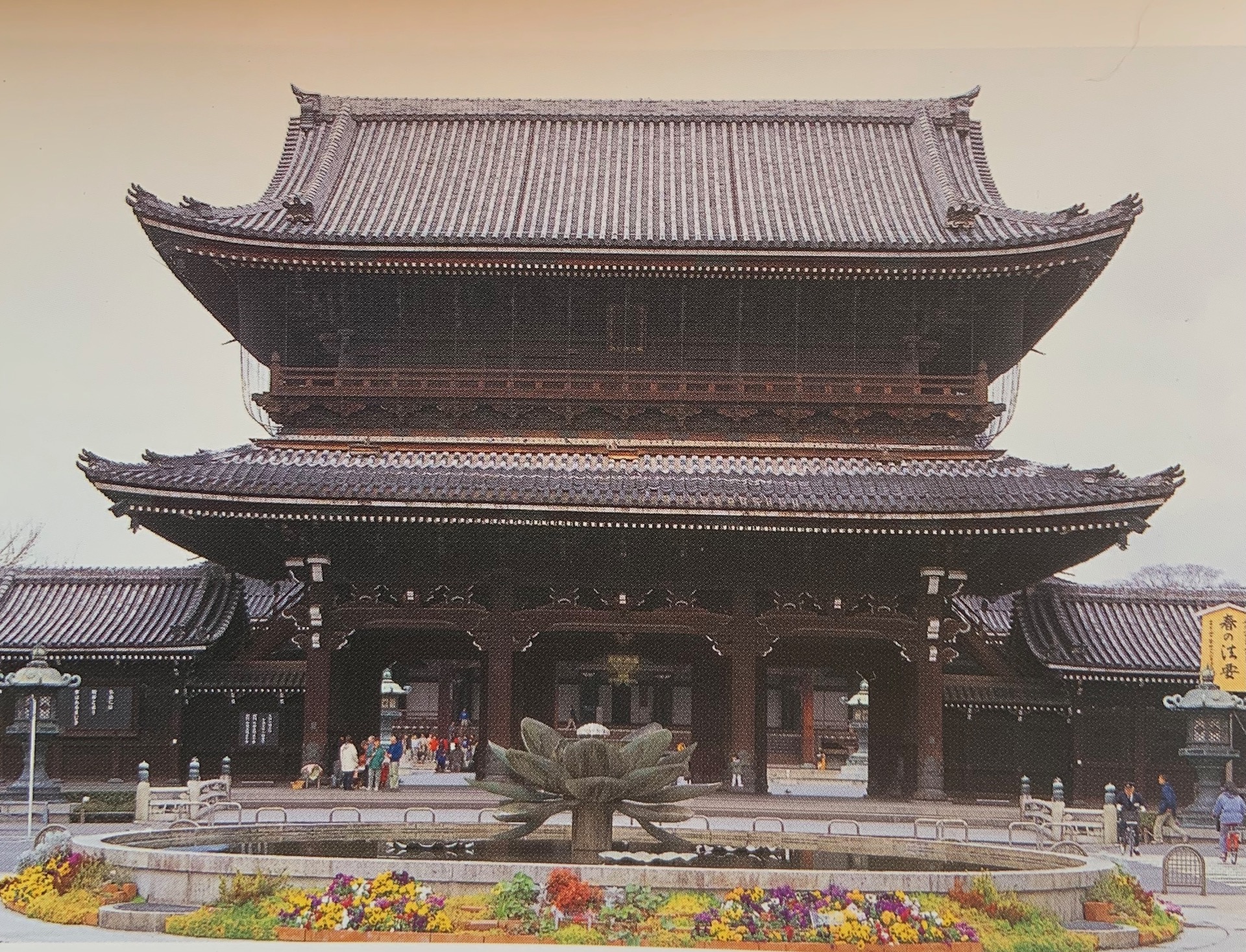
Ring in the new year with a New Year’s Day service. Continue reading “New Year’s Day Service”

Ring in the new year with a New Year’s Day service. Continue reading “New Year’s Day Service”
 The year-end service at our temples is called “Joya-E.”
The year-end service at our temples is called “Joya-E.”
At Joya-E, we reflect on events and people of the past year that have shaped our lives. It’s about understanding our karmic conditions and connections, and innumerable links to everything around us. Knowing without them, we could not exist. Consequently it’s a time to express our gratitude and appreciation. Continue reading “Remember: Year End Service”

Jodo Shinshu Buddhism is welcoming, open, and holds no secrets. Yet, some people follow a “secret” kind of Shinshu, off-limits to outsiders.
Such groups existed ever since Shinshu’s founder Shinran Shonin’s time. Called by various names, including “hiji bōmon” (secret dharma) and urahōmon (hidden teachings), members follow a tight-lipped tradition of closed-door gatherings, obscure rituals, evangelical-like sermons, and teachings considered heretical by major Shinshu denominations. Noted Buddhist scholar D.T. Suzuki reputedly as a child underwent a secret dharma ritual, following his mother, who was a member. Such groups still are active today in Japan. Continue reading “Secret Shinshu”

By Rev. Ken Yamada
In today’s social media world, image is everything. Becoming an influencer, garnering “likes” and followers, evoking vibes of “Cool,” “Young,” “Rebel,” “Rich,” “Happy.”
Is it really? Or just illusion? What makes such images appealing to us?
The Buddha contemplated this phenomenon more than two millennium ago and called it, “name and form” (Sanskrit: nāma-rūpa). In other words, our minds attach names to objects (and vice versa), giving what we see real existence. Consequently, desires arise, and along with them, passions. Continue reading “Delusion of Name and Form”
 By Rev. Kensho Goto
By Rev. Kensho Goto
Under the Founder’s Hall Gate at Higashi Honganji’s mother temple in Kyoto sits a large wooden box. Such boxes, which seem to contain money, sit near the two main temples, at the foot of each hall’s front steps, and elsewhere on the temple grounds. They are “donation boxes.”
People who come to worship put donations in these boxes and gently place their hands together in gassho, a prayer like position. Giving “alms” is a common practice in Christianity and other religions, but what does it mean for Shin Buddhists? Continue reading “Donation Boxes at Temples”

By Rev. Noriaki Fujimori
Feeling lonely? I think the emergence of COVID-19 cut off our gatherings and made our loneliness more apparent. I too became aware of my loneliness and its restrictions. For many elderly, their sense of loneliness was magnified when no one could visit them.
Now that pandemic restrictions have eased, people gather more freely just like before. However, I’m concerned that feelings of loneliness will re-emerge even as we return to normal. Continue reading “Pandemic Reveals Our Loneliness”